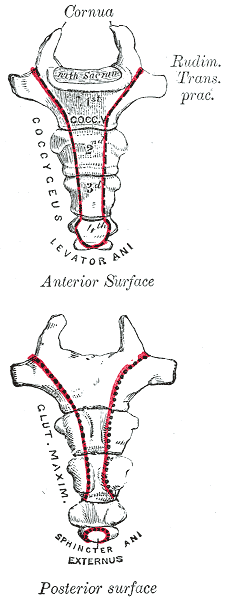We just learned a little about Otter Noses and Ears.
Even though rhinos have huge horns and big feet, it's interesting to know that they don't have any front teeth!

(from: wikipedia - rhinocerous)
Rhinos only eat plants, and they use their large back teeth to grind up the plants they eat.
Their horns aren't made up of bone like you might think, they're made of keratin,
the same type of thing our hair and fingernails are made of.
So their horn is like one huge really tough fingernail!
A group of rhinos is called a crash which makes sense!
They can also be called a herd.





